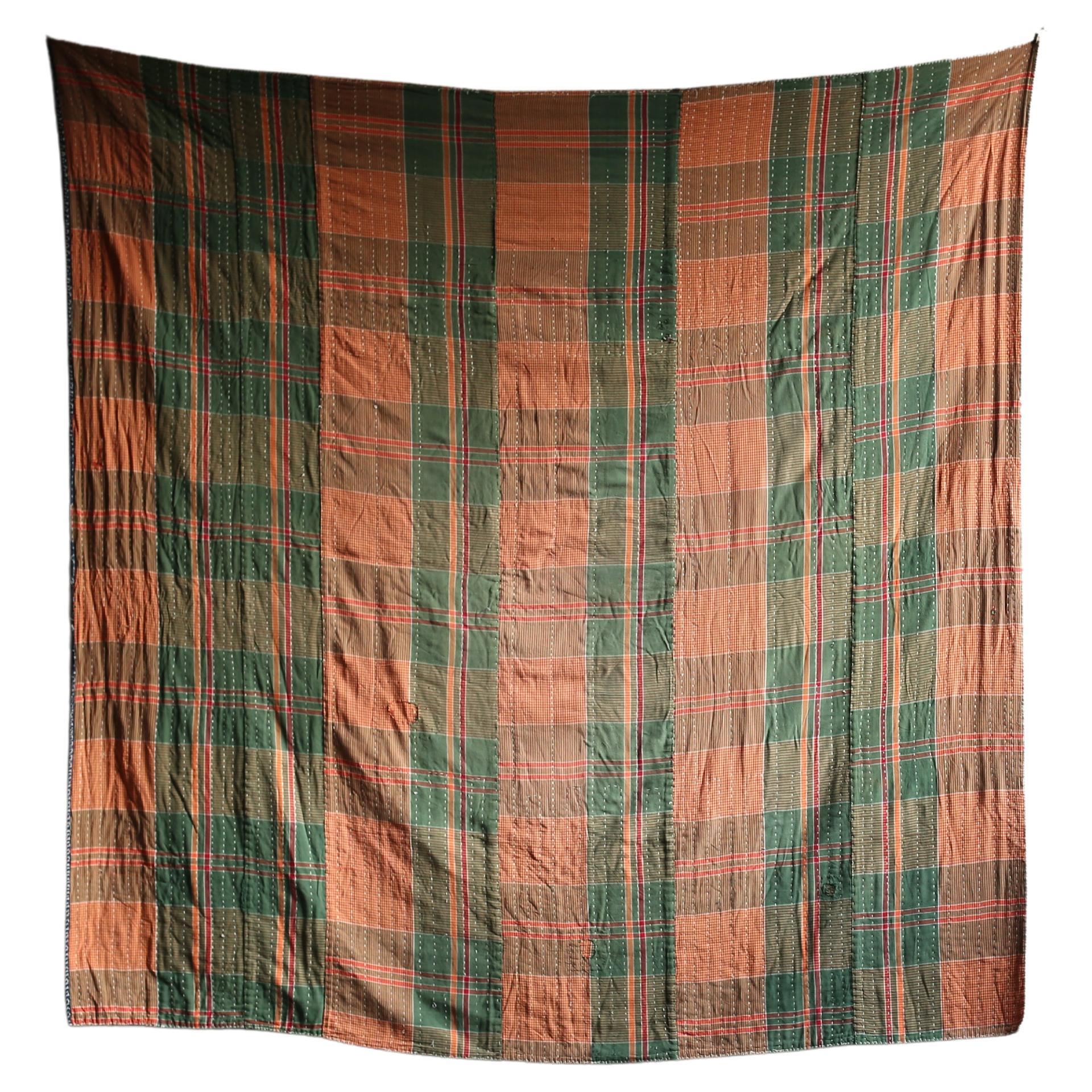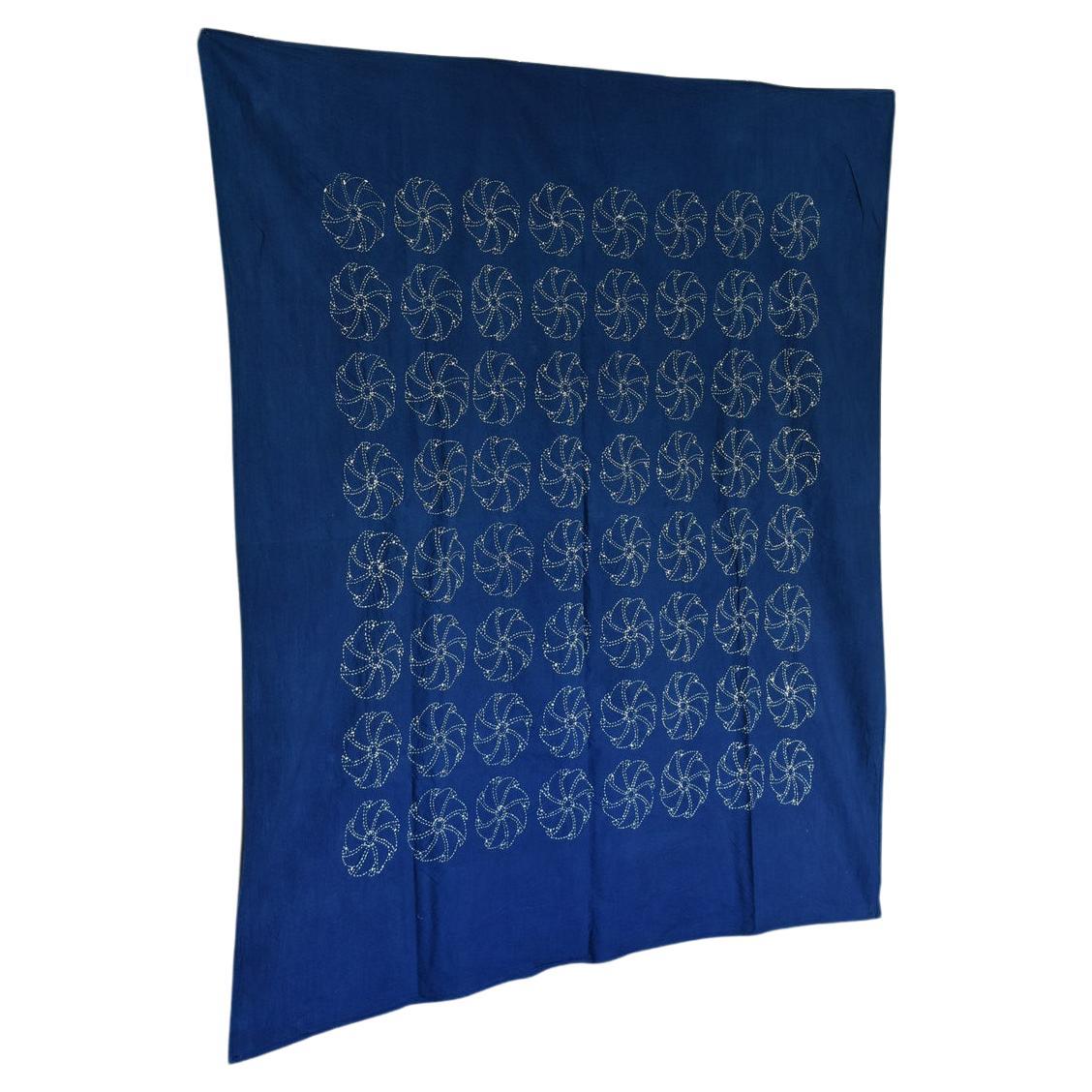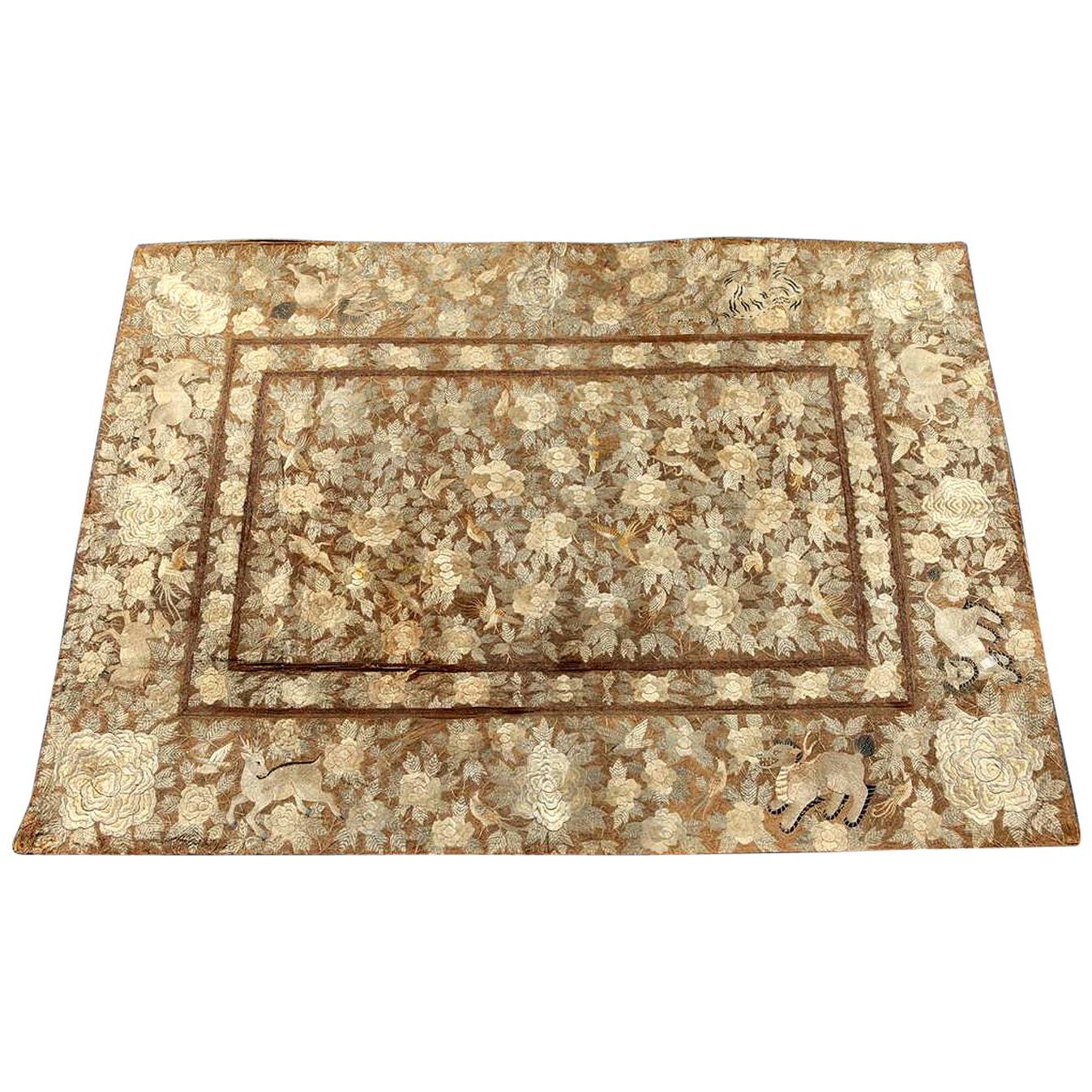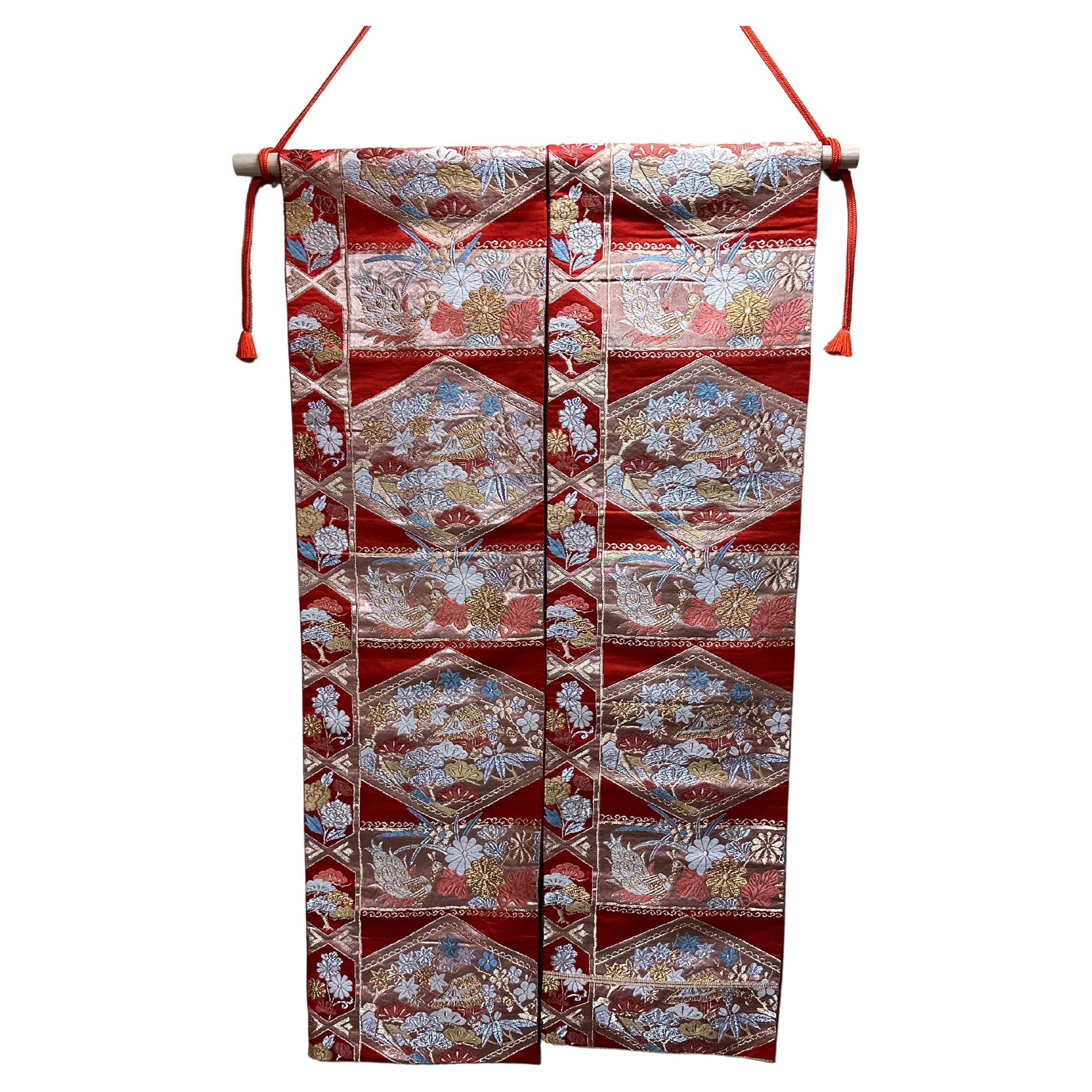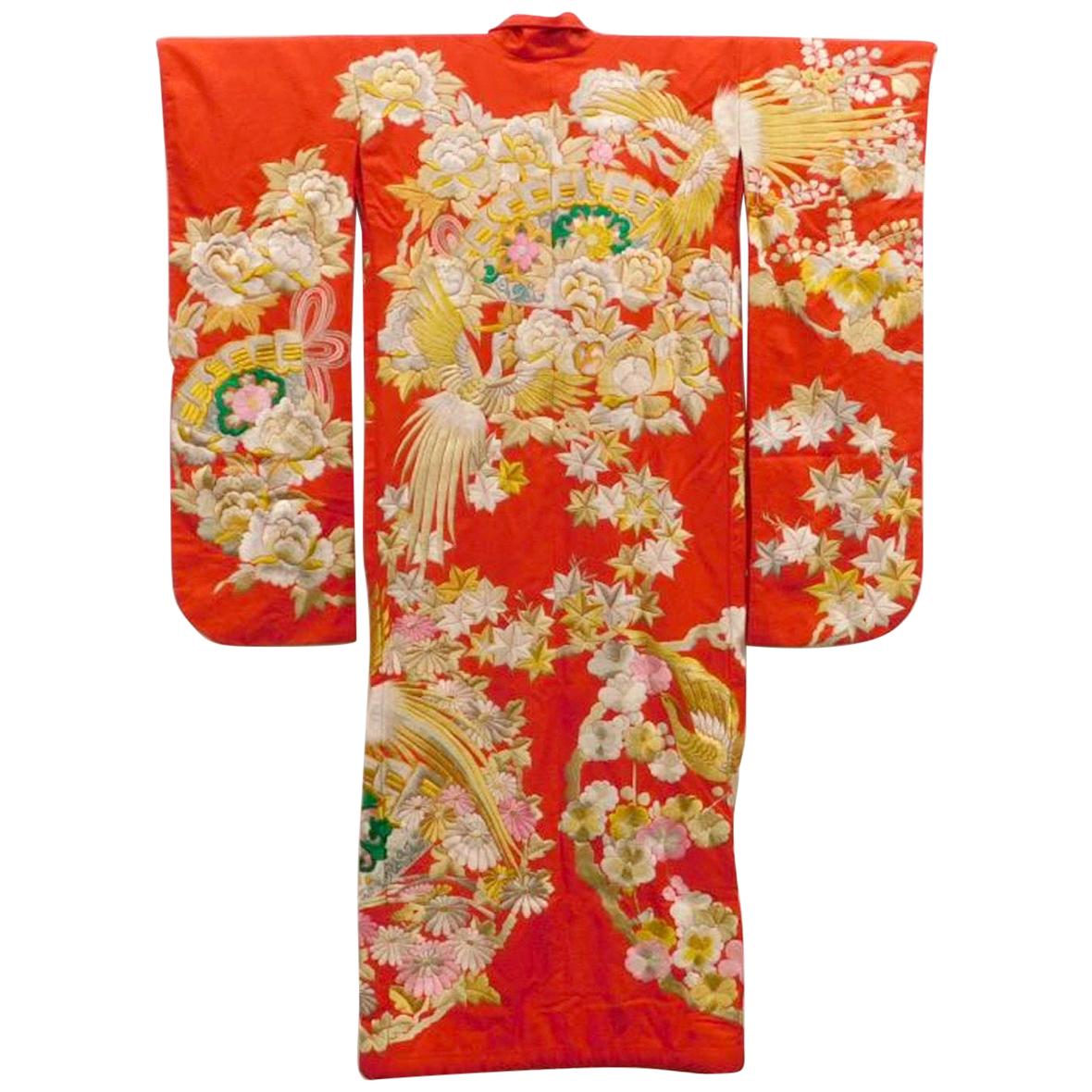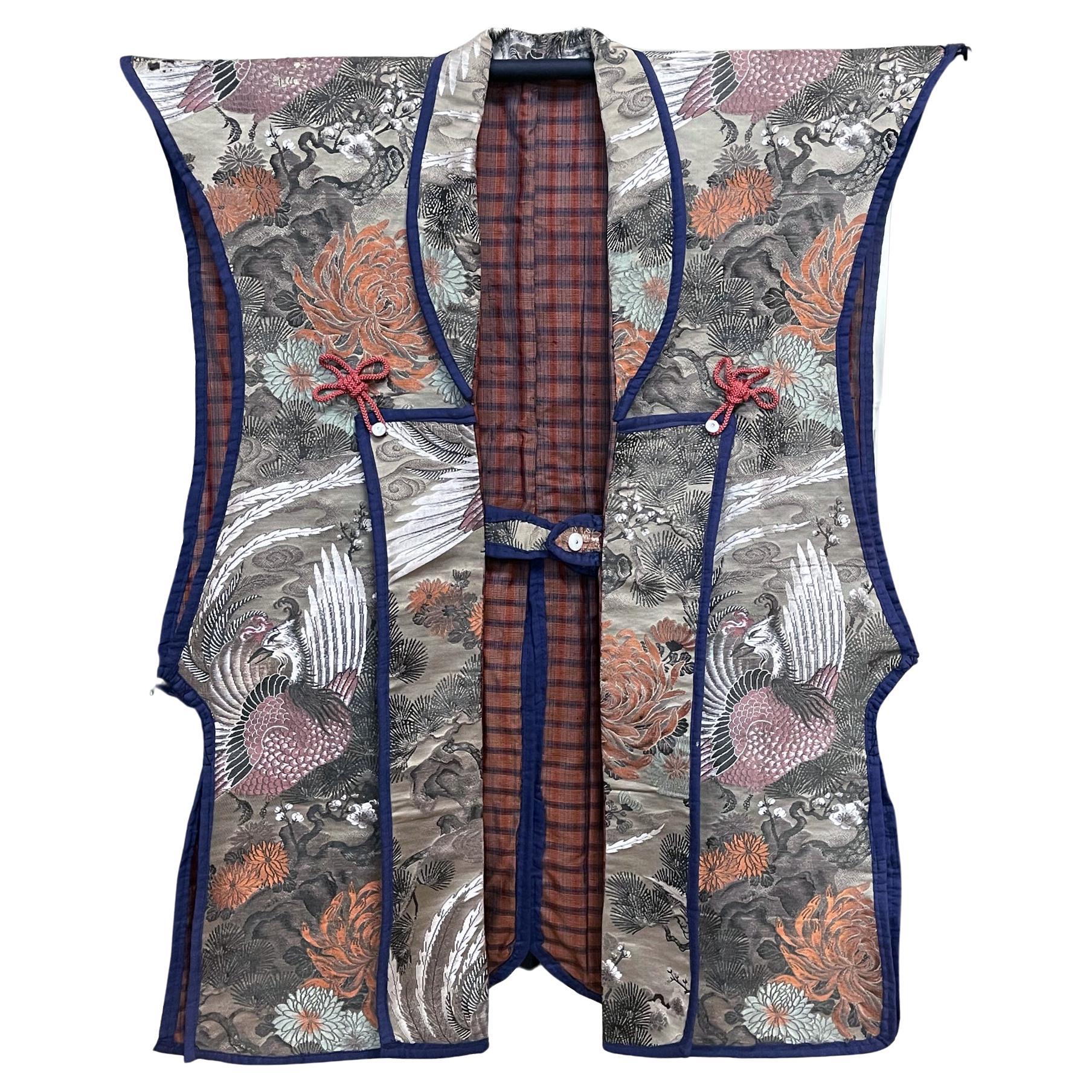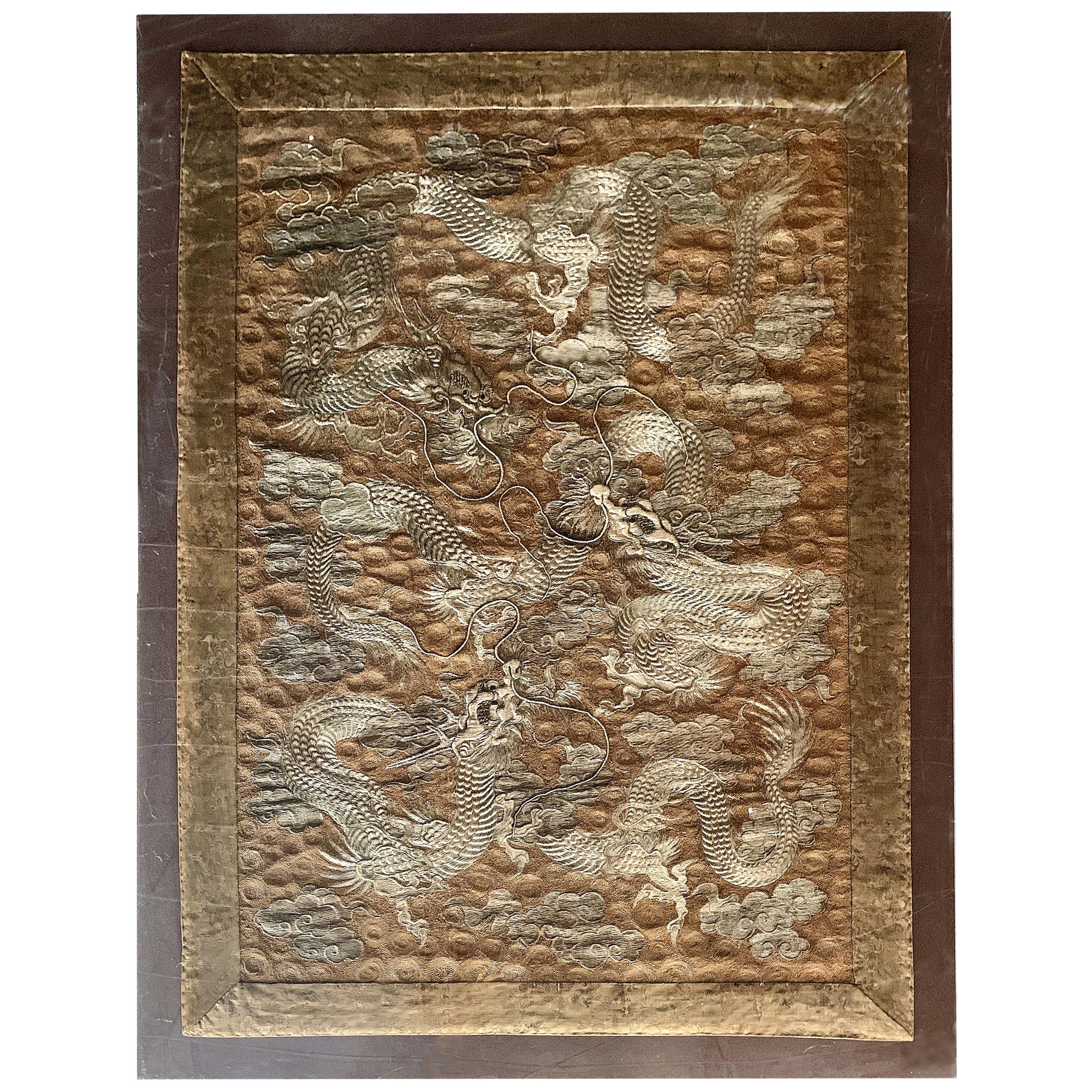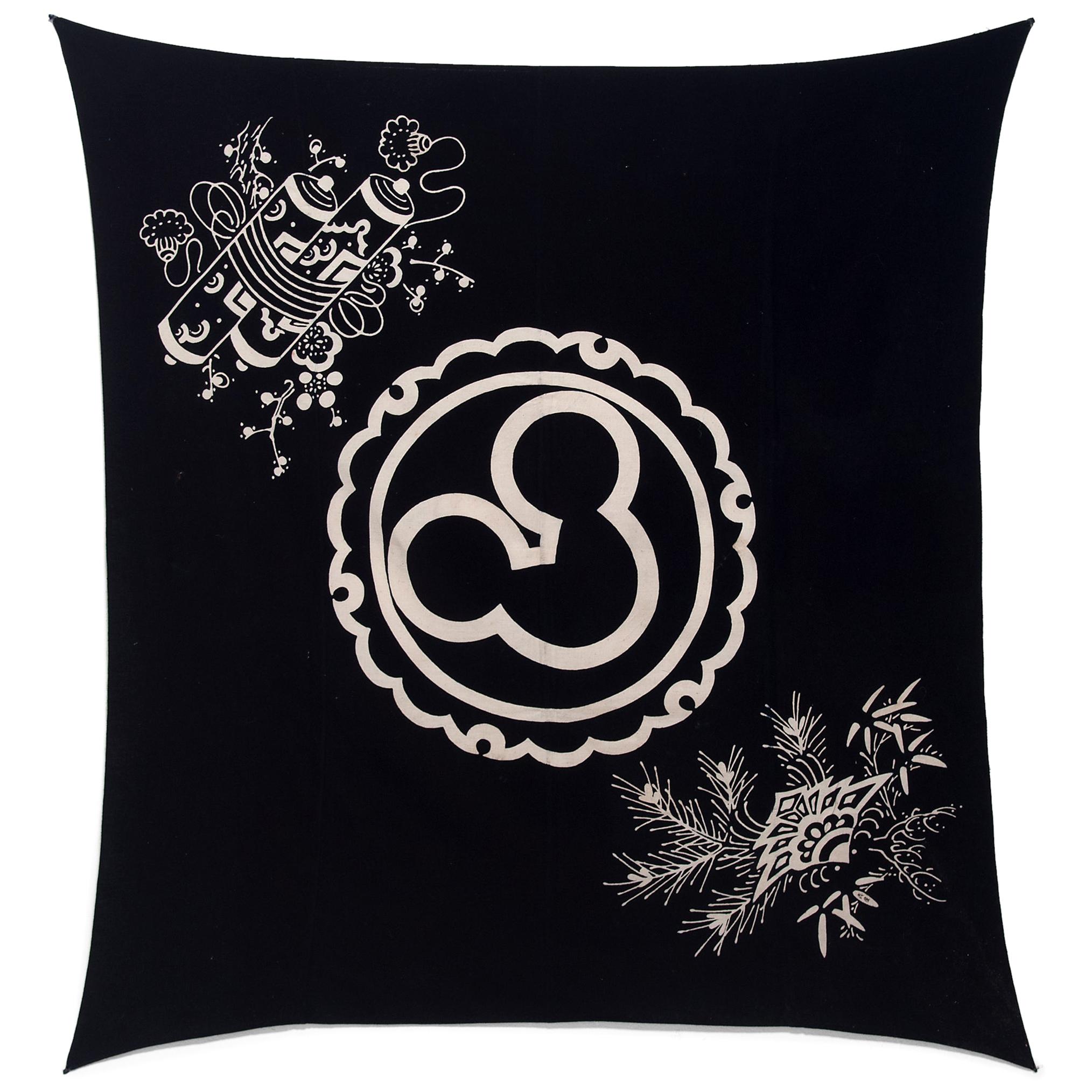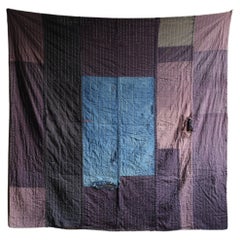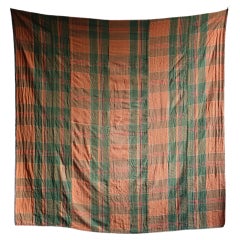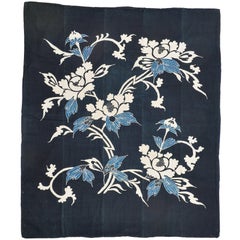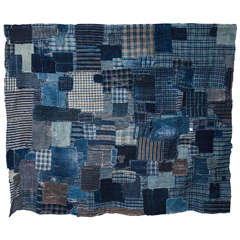
Japanese Boro
View Similar Items
1 of 8
Japanese Boro
About the Item
- Dimensions:Height: 51 in (129.54 cm)Width: 62 in (157.48 cm)Depth: 0.5 in (1.27 cm)
- Place of Origin:
- Period:
- Date of Manufacture:19th Century
- Condition:
- Seller Location:New York, NY
- Reference Number:1stDibs: 14121178391897
You May Also Like
- "BORO" / Japanese Old Cloth / Tapestry / Wall DecorationLocated in Sammu-shi, ChibaWe have a unique Japanese sense of beauty. We will also introduce unique items that only we can make, purchasing routes in Japan, experience gained so far, and methods that no one el...Category
Early 20th Century Japanese Showa Textiles
MaterialsCotton, Linen
- "BORO" / Japanese Old Cloth / Tapestry / Wall DecorationLocated in Sammu-shi, ChibaWe have a unique Japanese sense of beauty. We will also introduce unique items that only we can make, purchasing routes in Japan, experience gained so far, and methods that no one el...Category
Early 20th Century Japanese Showa Textiles
MaterialsCotton, Linen
- Japanese Indigo Antique Boro Futon Cover or Wall PanelLocated in Alessandria, PiemonteRare perfect antique collection Japanese Indigo Boro Futon cover : also to use. The rare antique boros are now valued as pieces of art, therefore they are...Category
Mid-20th Century Japanese Japonisme Textiles
MaterialsCotton
$2,446 Sale Price30% Off - Japanese Indigo Dyed Old Embroidery Cloth / Japanese Toy Pattern / 1912-1960Located in Sammu-shi, ChibaIt is a Japanese indigo dyed antique cloth. It calls its name "fu-ro-shi-ki". Originally used in the dressing room of the public bath "furo" during the...Category
Early 20th Century Japanese Showa Textiles
MaterialsCotton
- Antique Japanese Embroidery TapestryLocated in Atlanta, GAA large Japanese silk embroidery tapestry circa 19th century, late Edo to early Meiji period. Meticulously handwork that densely depicts repea...Category
Antique 19th Century Japanese Japonisme Textiles
MaterialsSilk
- Japanese Kimono Art / Tapestry, LongevityLocated in Shibuya City, TokyoThis orange silk-based obi is decorated with a tortoiseshell l pattern. The tortoiseshell pattern was handed down from China during the Asuka period in Japan. During the Heian period , only aristocrats were allowed to use the pattern, and the general public could not even see it. Therefore, the tortoiseshell pattern is known as a sacred and prestigious pattern. The tortoiseshell pattern is a regular hexagonal pattern, derived from the shell of a turtle. The regular hexagon is said to be the most stable shape in nature, which means ""sturdy and strong. Today, it is also said to be a pattern that brings good luck in money. The tortoiseshell pattern is decorated with pine trees, bamboo, plum blossoms, and flowers of the four seasons such as chrysanthemums, daffodils, autumn leaves, and peonies. In Japan, the pine, bamboo, and plum trees have been a traditional Japanese good-luck charm since around the Edo period Pine trees are as long as 200 to 400 years old, and some are thousands of years old. Pine trees grow in harsh environments where other trees cannot thrive, and they are considered a symbol of vitality and longevity because of their year-round blue foliage. Bamboo is a symbol of prosperity of offspring because it grows straight and straight with new shoots. Because of its nutritional value, the plum tree played the role of a medicine against illness in ancient Japan. When a Japanese emperor fell ill, he ate...Category
21st Century and Contemporary Japanese Tapestries
MaterialsSilk, Thread
$702 Sale Price55% Off
Recently Viewed
View AllMore Ways To Browse
Boro Japanese Patchwork
Antique Japanese Boro
Antique Boro
Japanese Boro Fabric
Boro Fabric
Antique Futon
Perrine Rousseau
Ransy Tapestry
Sakabukuro Japanese
Wall Tapestry Unicorn
Nazca Textile
Tapestry Miro Style
Antique Beaded Tapestry
Antique Cross Stitch Sampler
Aubusson Tapestry Unicorn
Inca Textiles
Peacock Tapestry Vintage
1820 Sampler

